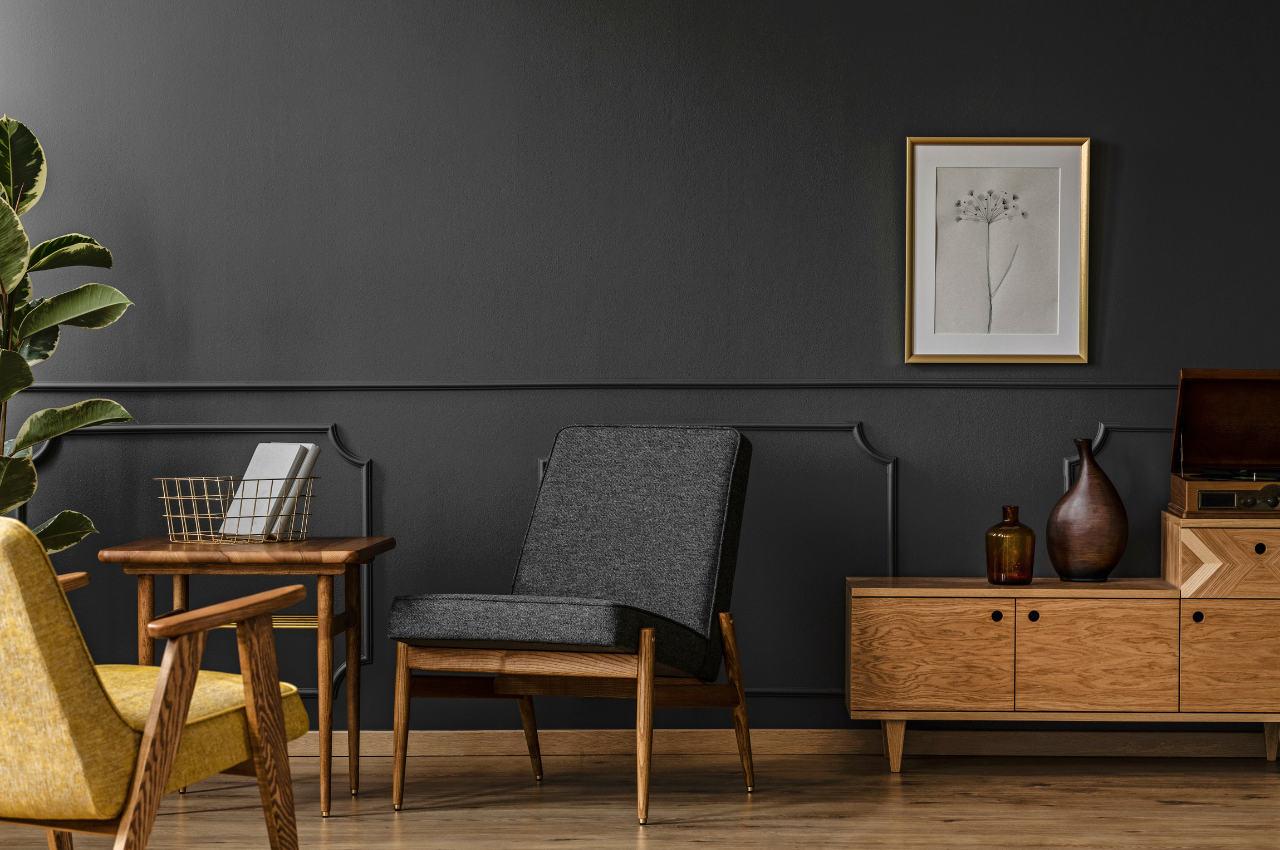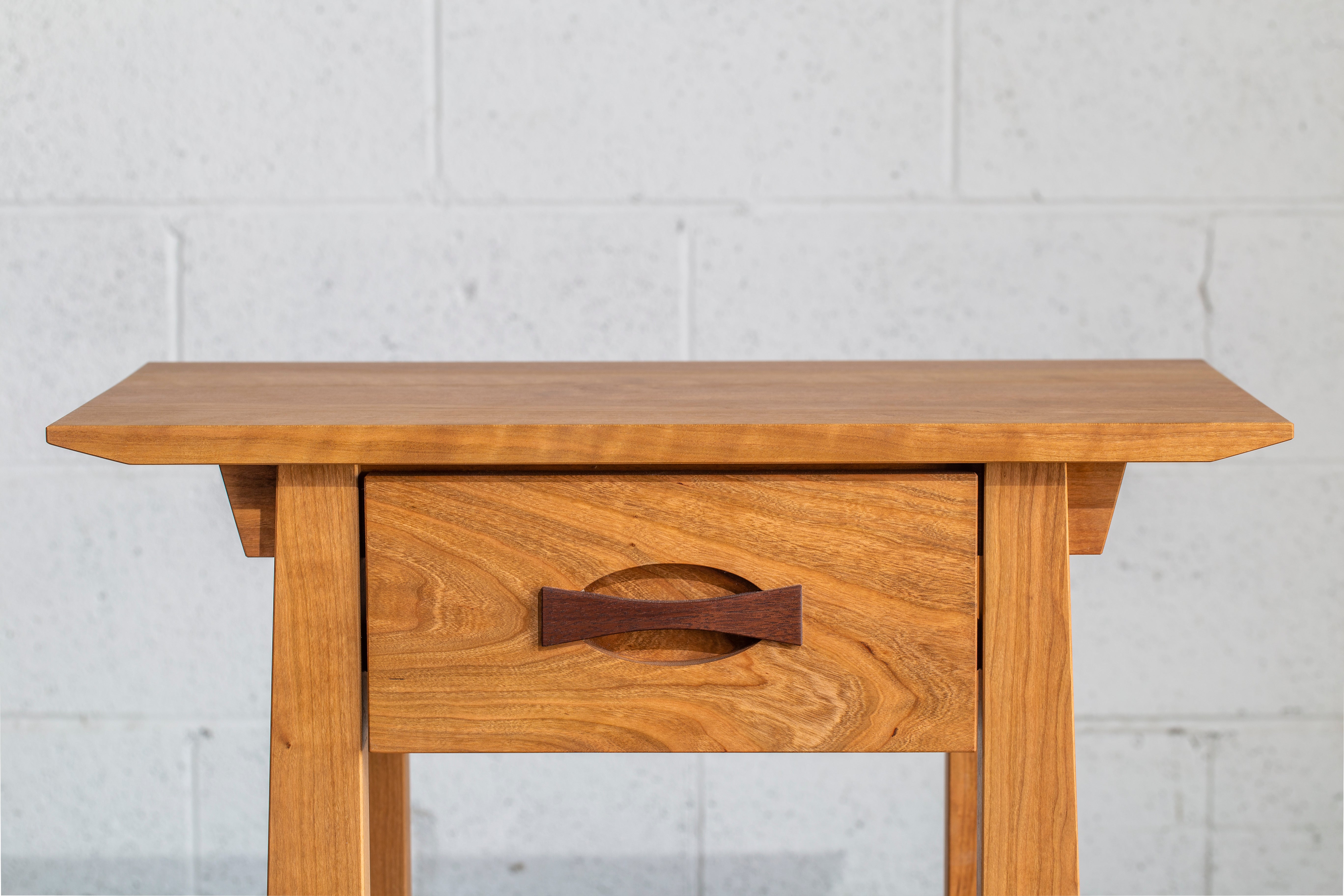Not all solid woods are created equally, particularly when applied to high-quality custom-made wood furniture.
Solid wood remains a top choice when choosing furniture or decor to furnish your home. After all, wood is known for its strength and durability, allowing it to last for centuries with the help of proper maintenance. Wooden furniture has this classic look that works for almost any interior design aesthetic.
But as I said earlier, not all woods are created equal. Hence, we pit two popular types of hardwood against each other — mahogany and walnut.
What is Mahogany?
Mahogany wood is a straight, close-grained hardwood used to make many types of furniture. It is remarked for its deep, rich red-brown color and durability, making it among the more expensive timbers in the market.
Mahogany boasts unmatched strength, density, and hardness. Because of this, mahogany is preferred by many furniture makers and furniture or homeowners for its durability and longevity. It is also resistant to water, rot, and general wear and tear. In terms of aesthetics, mahogany may be stained with neutral colors like black and white and still remain timeless and quaint, but wood stain that enhances its natural colors does the trick for others.
What is Walnut?
Like mahogany, walnut is another type of straight, close-grained hardwood, although it can also have waves and curls that add charm and character to the wood.
One of the differences between walnut and mahogany is the color of the wood. Instead of deep reddish-brown, walnut wood has a deep brown and black color, ranging from light golden brown to streaks of dark black. Black walnut is one of the most valuable and unique species of hardwoods, prized for its uniqueness, color, and grain.
Walnut is hard and resilient, with good resistance to shrinking, warping, and decay. It is also known to be a workable hardwood type and is a furniture maker’s go-to choice for pieces requiring intricate carvings and turnings.
Which one is better?
Faced with a fork in the road and torn between choosing mahogany or walnut, here are a few noteworthy differences.
1. Color
Color is a priority when we choose furniture for our spaces. And in the matter of mahogany versus walnut, perhaps, the most significant difference between the two is their wood color.
As mentioned earlier, mahogany sports a deep reddish-brown color, giving any mahogany furniture a more ‘classic’ and antique look. Meanwhile, walnut has a more modern and bolder vibe, with the wood color going from light brown to dark chocolate brown. Because of the walnut’s color, walnut is frequently selected for furniture and flooring because it features more versatility and a wider range of styles.
2. Hardness
Hardness is also important to consider when choosing the type of wood a furniture or fixture is to be built with or made of. The harder the wood is, the more resistant it is to dents, scratches, and wear. This is noteworthy mainly for furniture that will be used heavily within your living space.
The Janka Hardness Scale measures the hardness of every type of wood and will give users an idea as to what kind of hardwood will be appropriate for certain furniture or wood projects.
About the Janka Hardness Scale, mahogany species have a Janka Hardness of 800-2200 lbf (pounds-force), depending on the variety of mahogany used., On the other hand, walnut is relatively softer with a Janka Hardness that accounts for only 1220 lbf. As such, mahogany takes the cake in terms of hardness, although walnut is hard enough to be considered for furniture and woodwork.
3. Location and Accessibility
If you are looking for a kind of wood that is readily accessible, chances are that you will find a walnut tree or walnut wood nearby rather than mahogany.
Walnut trees are found in locations with temperate climates, particularly in the Northern Hemisphere. As such, walnut trees thrive in North America, Europe, and Russia. In contrast, mahogany is from the tropics. It is native to tropical regions, particularly Africa, Asia, and South America.
4. Sustainability
Sustainability can be either of two things: environmental sustainability focuses on the tree species, and economic sustainability focuses on the forestry and lumber industries that manage and harvest the trees for their wood.
Which is more environmentally sustainable? The answer could be traced to how fast they can grow. Like any wood from a deciduous tree, Mahogany would take decades to grow and harvest, giving it a slower growth rate. In contrast, walnut can be harvested every few years. For this reason, walnut wood is a more environmentally sustainable option in comparison to mahogany.
Unfortunately, because of walnuts’ faster growth rate, they are being chopped down at an alarming rate, much quicker than they can be replaced. As such, the forestry and lumber industries that manage and harvest walnut trees are not as economically sustainable as those that manage and harvest mahogany trees.
Conclusion
To summarize, mahogany boasts a deep reddish brown to chocolate brown color, making it a darker type of hardwood. It is also notably harder, which means it's more resistant to dents and scratches: an ideal choice for heavy-use furniture. However, mahogany tends to be more expensive and less commonly grown in the US, which contributes to its higher cost.
Walnut, on the other hand, has a lighter appearance, ranging from light golden brown to dark chocolate brown, especially in the case of black walnut. Though it can be heavier, walnut is slightly less dense. Its softer nature makes it a favorite among furniture makers and DIY home decor enthusiasts.
That softness, however, also makes walnut more vulnerable to dents and scratches. On the plus side, walnut is widely available, particularly in temperate regions like the U.S., making it an affordable and popular choice for budget-conscious furniture shoppers.
Is Walnut Better Than Mahogany?
The best person to give the final assessment is no other than you. Not all wood is created equal, so the final choice depends on what you are looking for. You can consider price, durability, and aesthetics when choosing which type of wood you want your furniture to be made from.
If you are looking for a piece of furniture made of robust and durable wood that is resistant to wear and tear and exudes a timeless look and feel to it, and you are more than willing to pay more for it, mahogany might be the wood for you.
On the other hand, if you are looking for a more affordable furniture option that boasts a richer or lighter wood color, a more contemporary vibe, and a good amount of durability, walnut is probably the option.
Get Your Furniture Need From T.Y. Fine Furniture
Whether you are looking for furniture pieces made of mahogany or walnut, T.Y. Fine Furniture has top-quality furniture to suit your home needs. Made from sustainably sourced choice wood and using organic materials and sustainable processes, T.Y Fine Furniture ensures that every high-quality piece is designed and built to last generations. Each piece is functional, aesthetically pleasing, and environmentally friendly.



Leave a comment
This site is protected by hCaptcha and the hCaptcha Privacy Policy and Terms of Service apply.